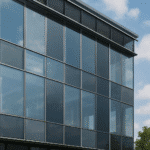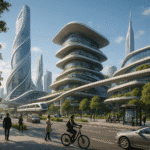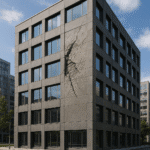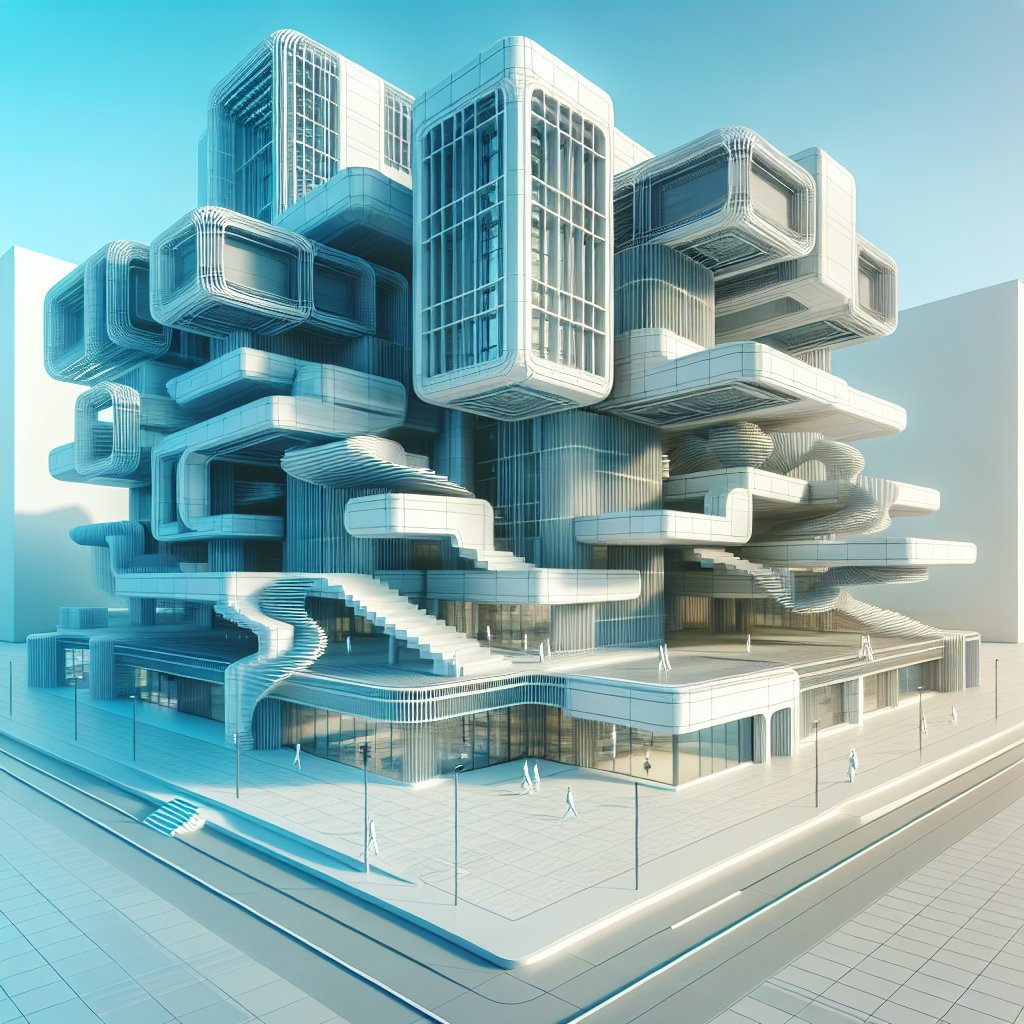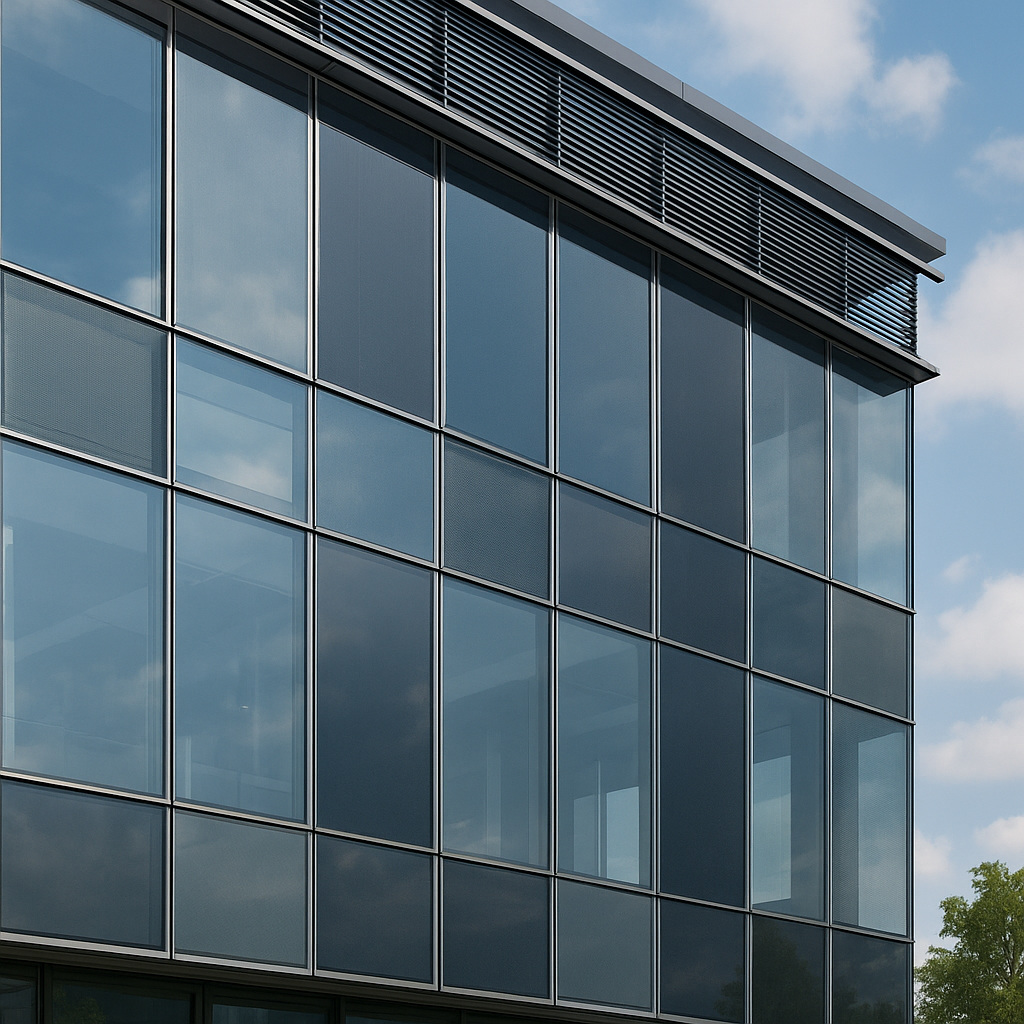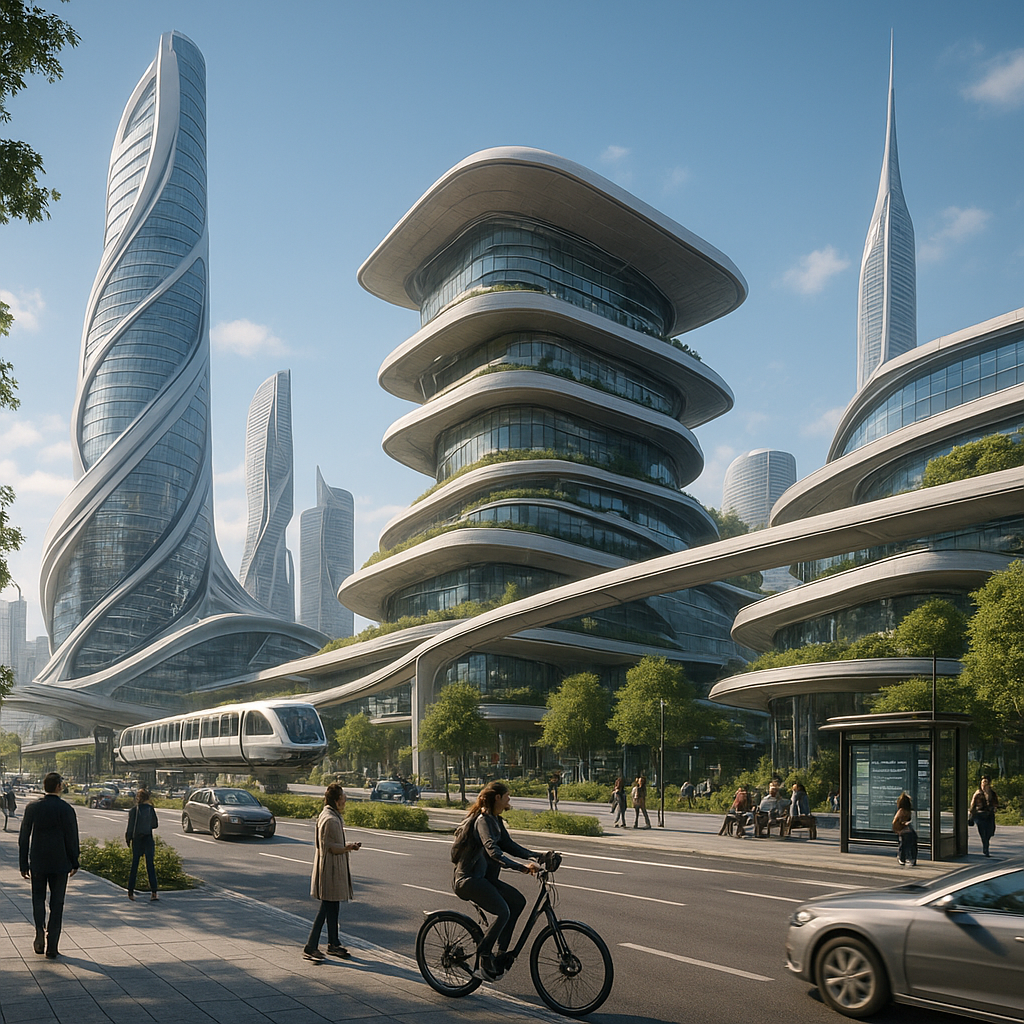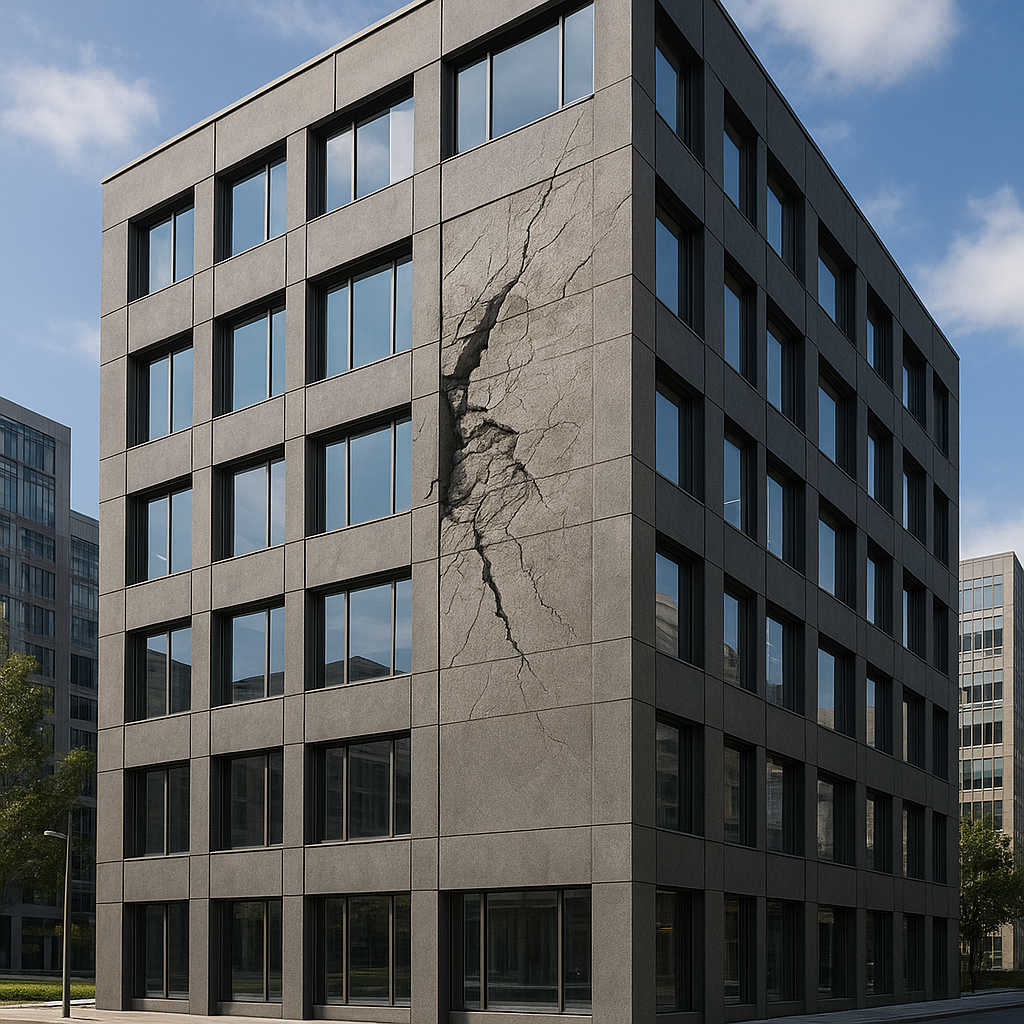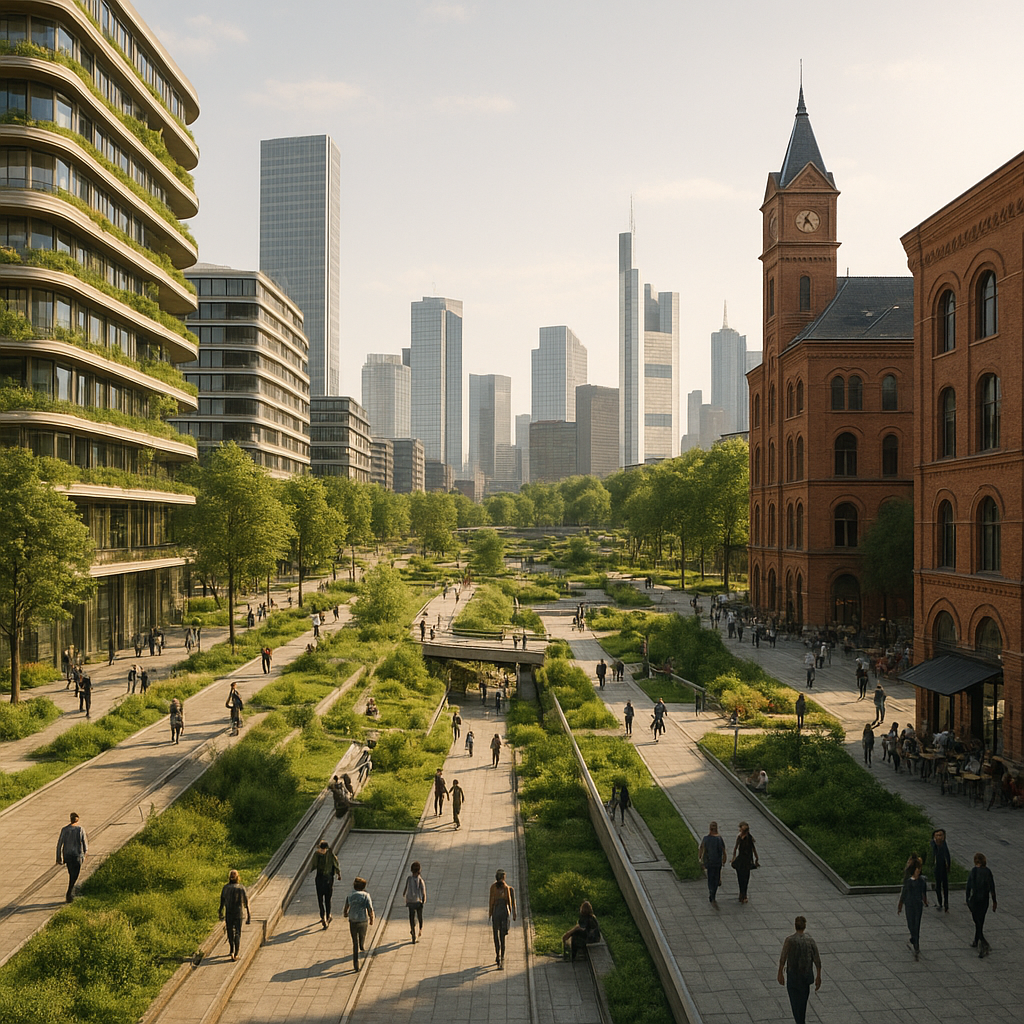3D printing, a revolutionary technology, is reshaping the landscape of architecture and design. This innovative approach is not only transforming the way architects conceptualize and create structures but also how they address challenges related to sustainability, cost, and efficiency. As we delve into the world of 3D printing in architecture, we uncover the profound impact it has on the future of design, offering new possibilities and redefining the boundaries of what is architecturally possible.
The Rise of 3D Printing in Architecture
The advent of 3D printing technology has marked a significant turning point in the field of architecture. Initially developed for rapid prototyping in the manufacturing industry, 3D printing has found its way into architectural practices, offering a new dimension to design and construction. This technology allows architects to create complex geometries and intricate designs that were previously impossible or too costly to achieve using traditional construction methods.
One of the most significant advantages of 3D printing in architecture is its ability to produce highly detailed and accurate models. Architects can now create physical representations of their digital designs, enabling them to better visualize and refine their concepts. This capability not only enhances the design process but also facilitates more effective communication with clients and stakeholders, who can see and touch a tangible model of the proposed structure.
Moreover, 3D printing is revolutionizing the construction process itself. By using large-scale 3D printers, entire buildings can be constructed layer by layer, significantly reducing the time and labor required compared to traditional methods. This approach also minimizes material waste, as the precise amount of material needed is used, contributing to more sustainable building practices.
Innovative Applications and Future Prospects
The potential applications of 3D printing in architecture are vast and varied, ranging from residential homes to commercial buildings and even urban infrastructure. One of the most exciting developments is the use of 3D printing to create affordable housing solutions. By reducing construction costs and time, 3D printing offers a viable solution to the global housing crisis, providing quality homes at a fraction of the cost of traditional construction.
In addition to housing, 3D printing is being used to create complex architectural elements that enhance the aesthetic and functional aspects of buildings. From intricate facades to custom interior features, architects are leveraging the flexibility of 3D printing to push the boundaries of design. This technology allows for the creation of bespoke elements that are tailored to the specific needs and preferences of clients, offering a level of customization that was previously unattainable.
Looking to the future, the integration of 3D printing with other emerging technologies, such as artificial intelligence and robotics, promises to further revolutionize the field of architecture. These advancements could lead to fully automated construction processes, where buildings are designed, printed, and assembled with minimal human intervention. This shift could not only increase efficiency and reduce costs but also open up new possibilities for architectural innovation.
As 3D printing technology continues to evolve, it is poised to play an increasingly central role in the future of architecture. By enabling architects to explore new design possibilities and streamline the construction process, 3D printing is helping to shape a more sustainable, efficient, and innovative built environment. The future of architecture is being printed, layer by layer, and the possibilities are as limitless as the imagination of the designers who wield this transformative technology.
